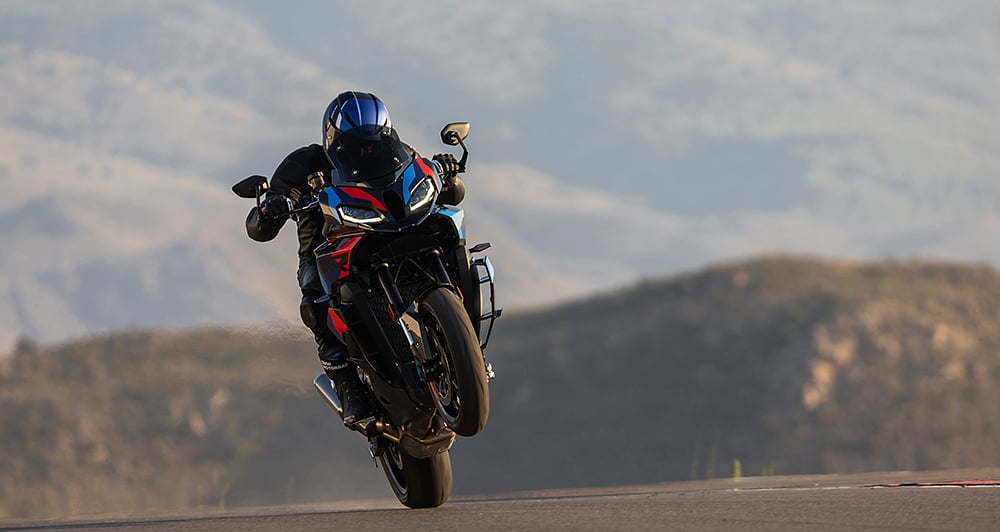
BMW Motorrad teased us with photos of the then-prototype M1000 XR back in June, and now the final production version has been unveiled. As the third M model from BMW Motorrad, it’s a crossover between the S1000 XR sport tourer and the S1000 RR sport bike: superfast but also comfortable enough for long days in the saddle.
With an in-line-four engine based on the S1000 RR, peak output is 201hp at 12,750rpm—31hp more than the S1000 XR. Maximum torque is 113Nm at 11,000rpm, and the engine can spin up to a glorious 14,600rpm.
In addition, the M1000 XR (or just M XR) benefits from shorter gearing than the standard bike, with a shorter secondary gear ratio of 47 teeth versus the S 1000 XR’s 45 teeth, as well as shorter gear ratios in fourth, fifth, and sixth gears.
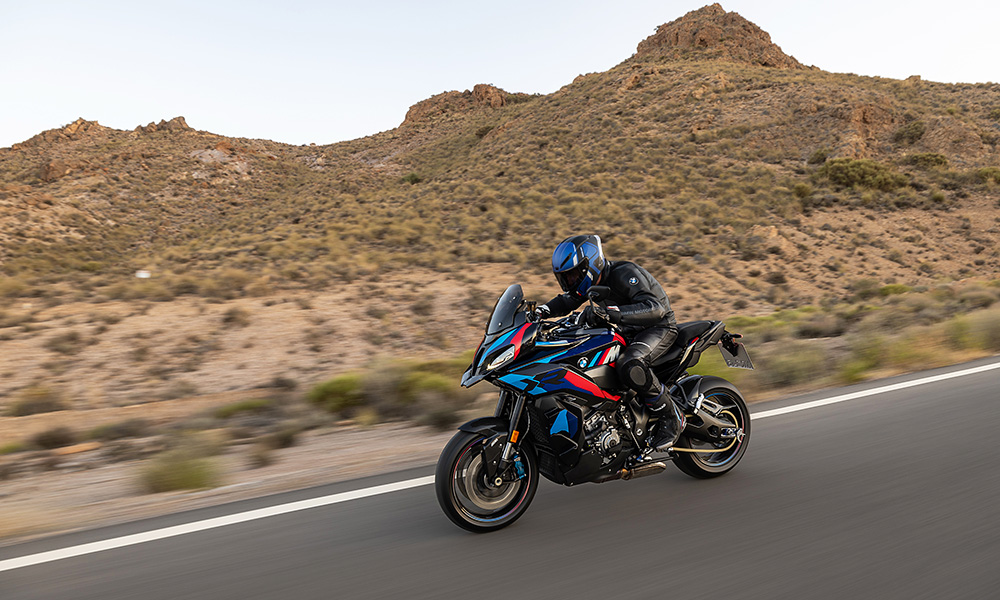
Standard riding modes are Rain, Road, Dynamic, Race, and Race Pro 1-3, along with Dynamic Traction Control, a wheelie function with a six-axis sensor box, and launch control.
There are four adjustable throttle modes, along with Engine Brake with triple adjustability of engine drag torque in Race Pro mode. A Pit Lane Limiter comes in handy on the track, precisely limiting your speed so as not to get penalized.
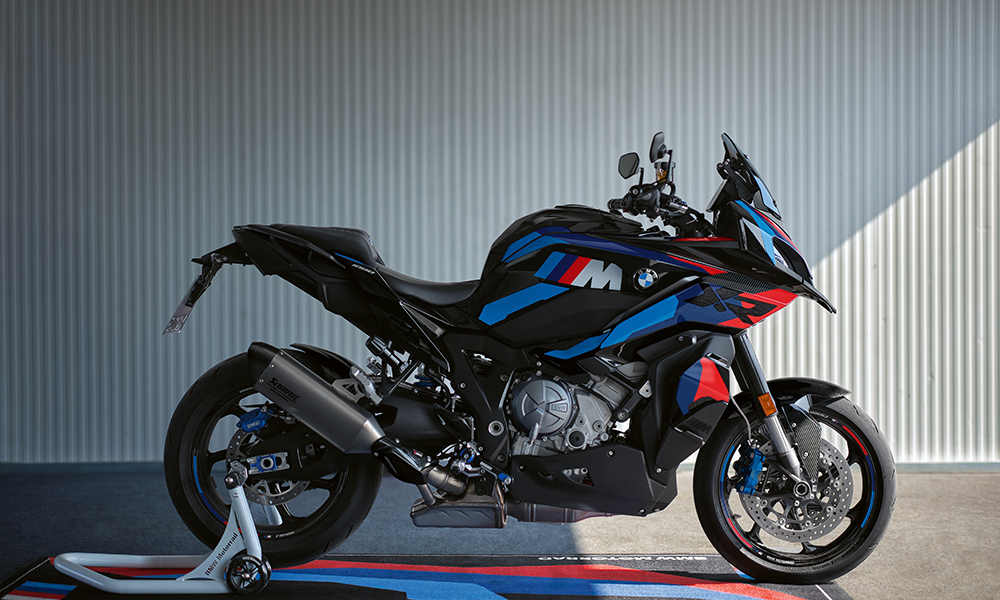
The chassis is tuned for performance-oriented riding on both road and track, utilizing Dynamic Damping Control, an adjustable spring base, adjustable steering damper, milled-over handlebar clamp, and a more front-oriented handlebar with laser-etched “BMW M XR.”
The USD fork has a 45mm slide tube diameter, with closed cartridge inserts and separate hydraulic piston-cylinder systems. The fork’s spring base is also adjustable, working in conjunction with the Dynamic Damping Control suspension strut. Winglets on the front side panels provide additional stability at high speed, reaching up to 12kg of downforce at 220km/h.
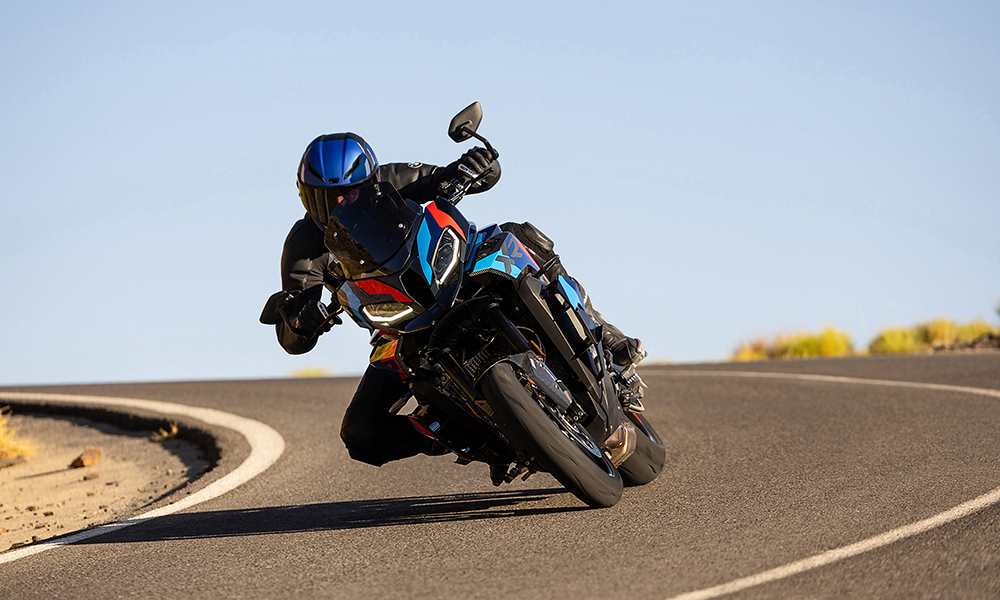
The brakes also get an upgrade over the S1000 XR, using M brakes with a radial handbrake pump. The calipers have an anodized, blue coating as well as the all-important M logo. Lightweight forged-aluminum wheels are standard, and M carbon-fiber wheels are available as part of an M Competition package.
Aside from the usual lean angle-sensitive ABS, there is also Brake Slide Assist, which allows the rider to brake-drift into corners with a constant slide. The M XR gets a 6.5-inch TFT display with a new rev counter, an OBD interface for an M GPS datalogger, and an M GPS Laptrigger that can be used through an unlock code.
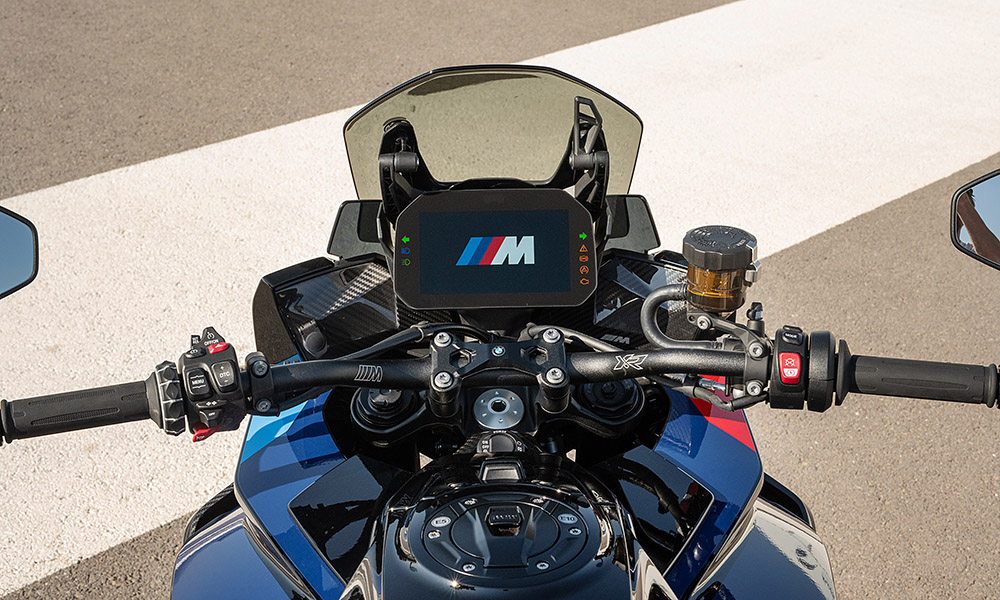
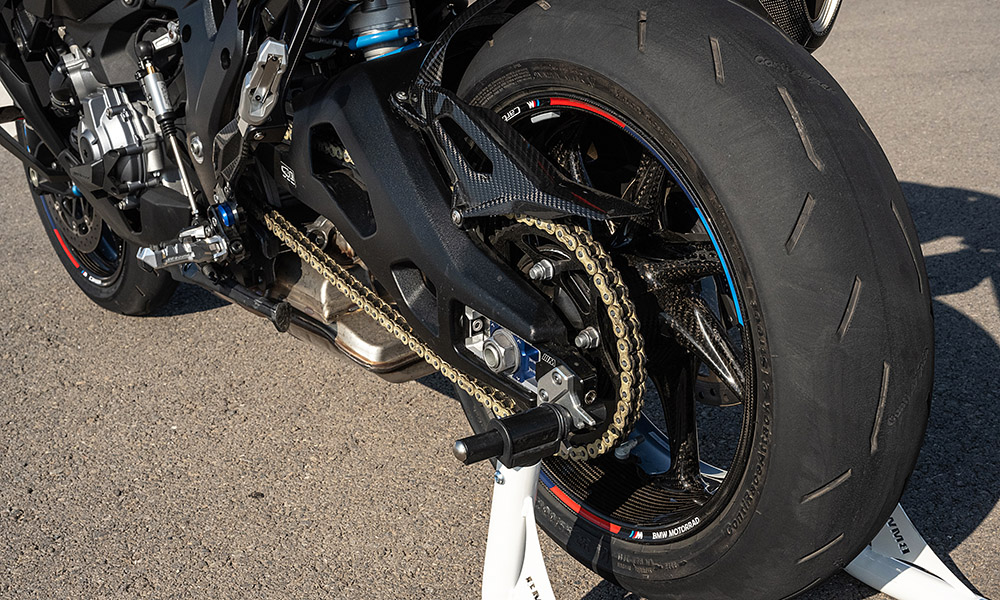
If the standard trim isn’t enough, buyers can opt for the M Competition Package that includes extensive use of carbon fiber for the wheels, rear wheel cover with integrated chain guard, side panels, front wheel cover, inner cover, and ignition cover (among other lovely bits and pieces).
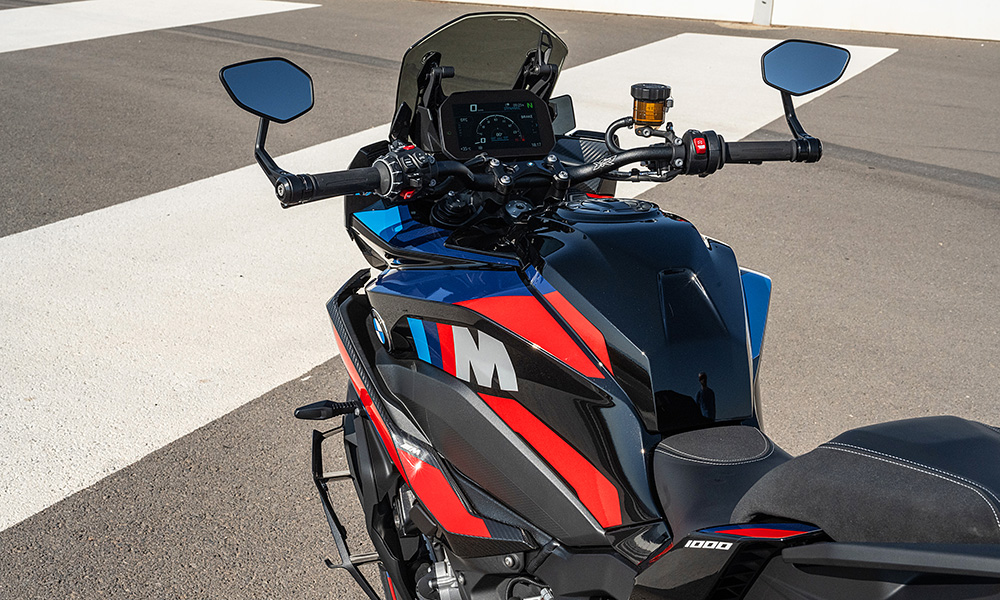
With many riders tiring of the extreme position demanded by sport bikes, moving to the more upright position of the M XR without losing out on extreme performance should be a tantalizing option.


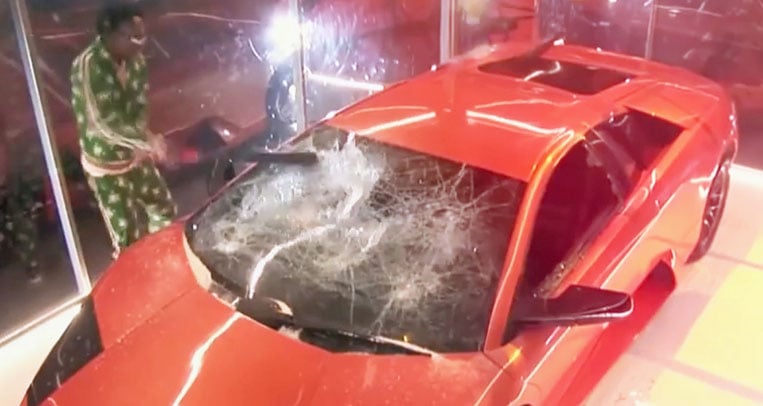
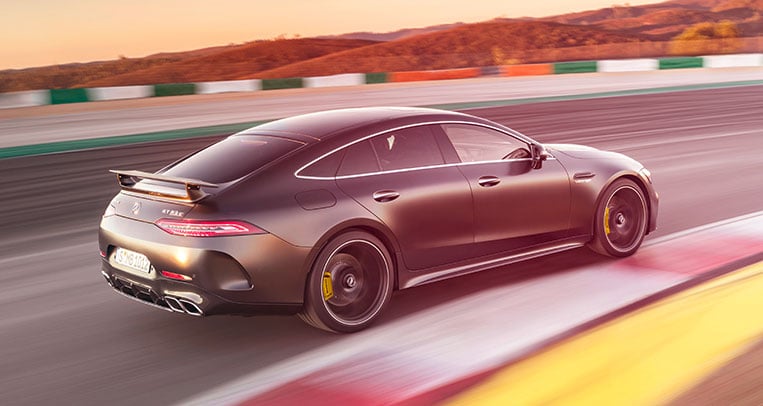
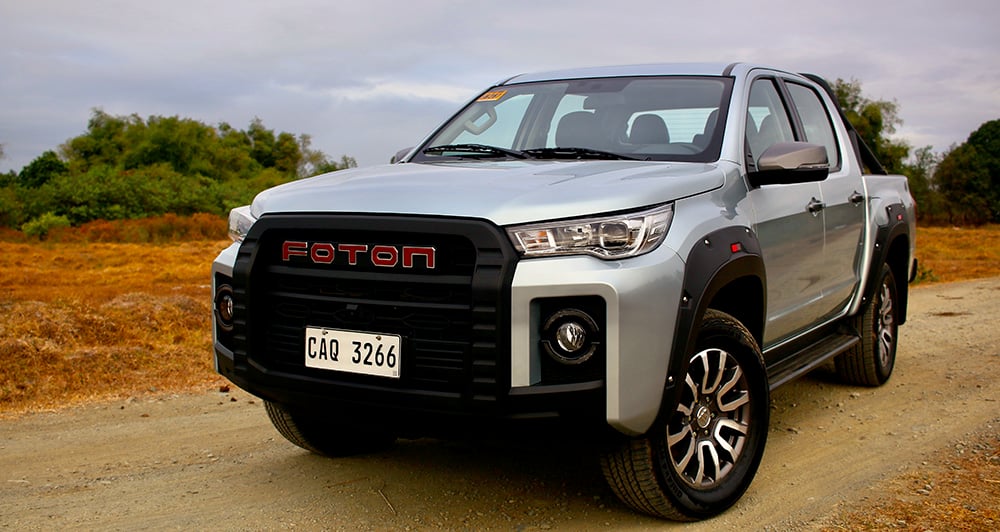

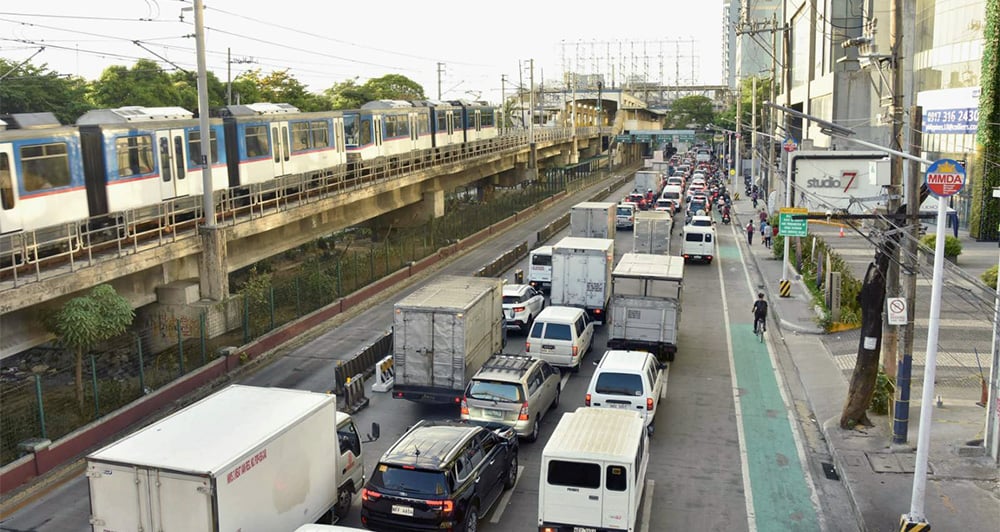
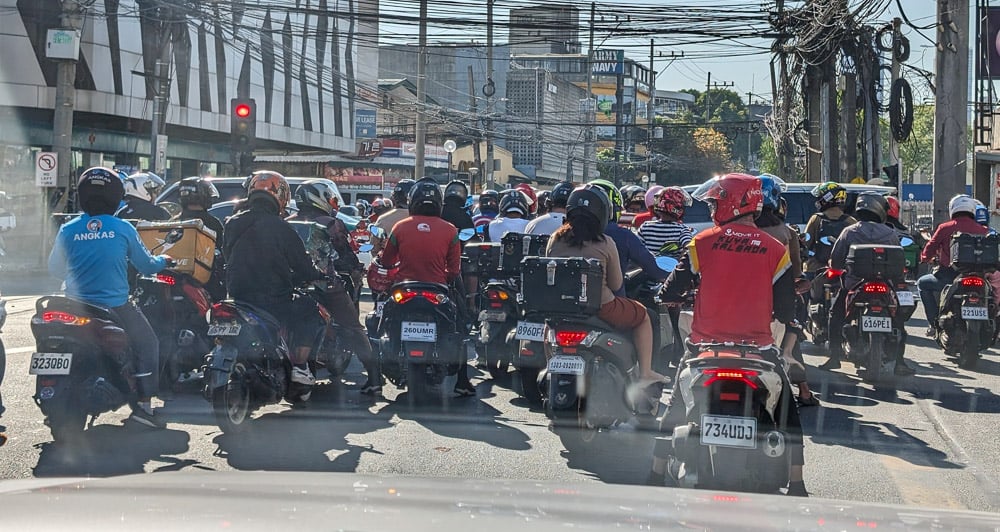
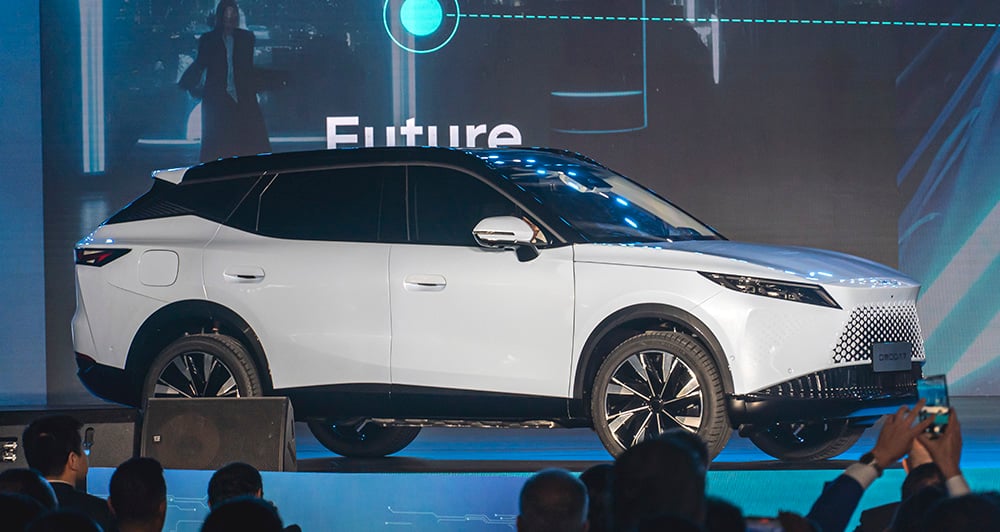
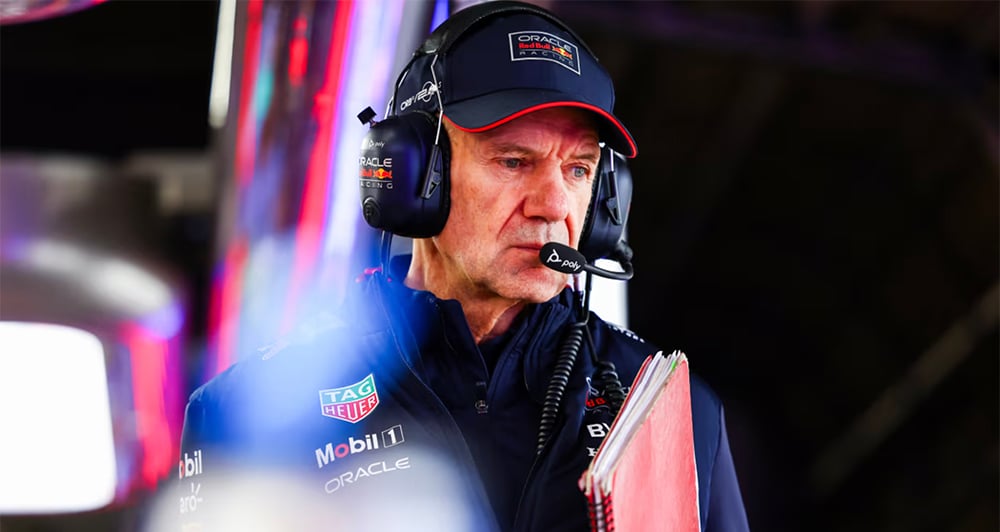
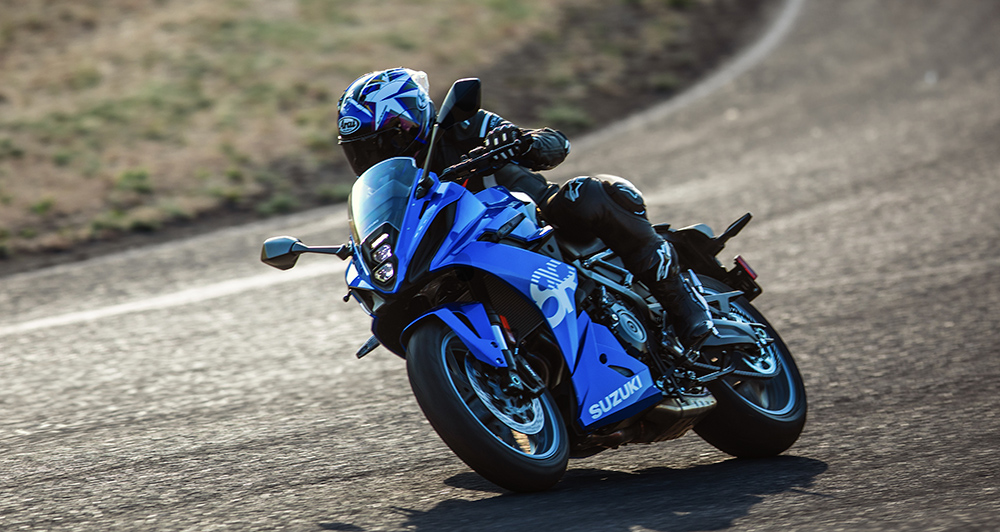
Comments